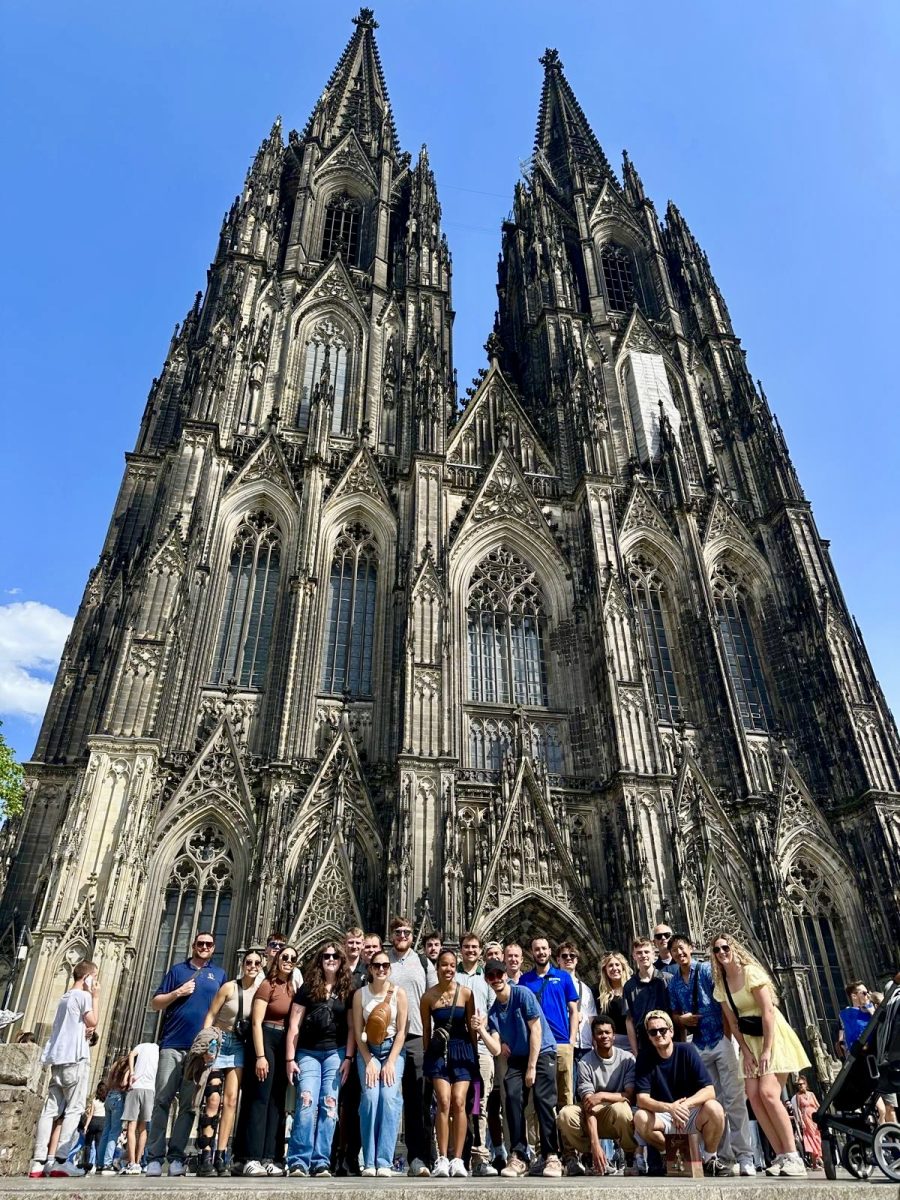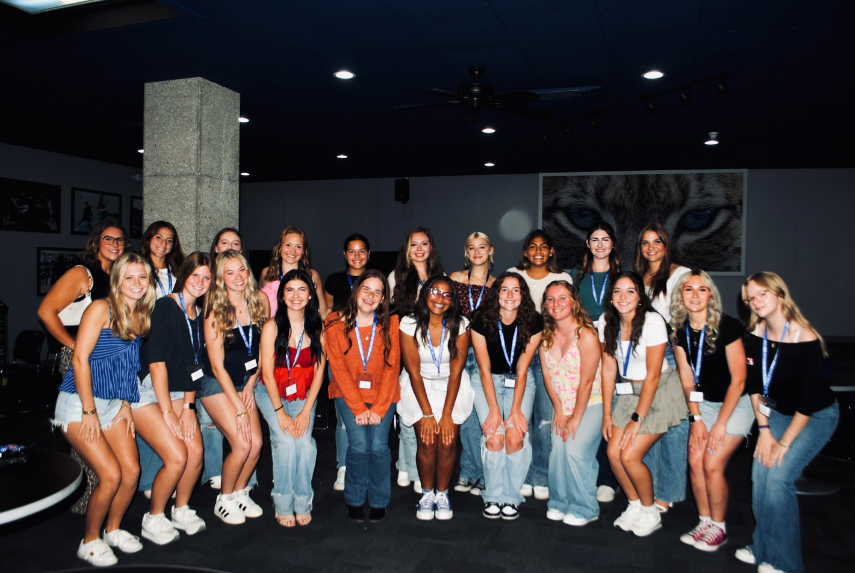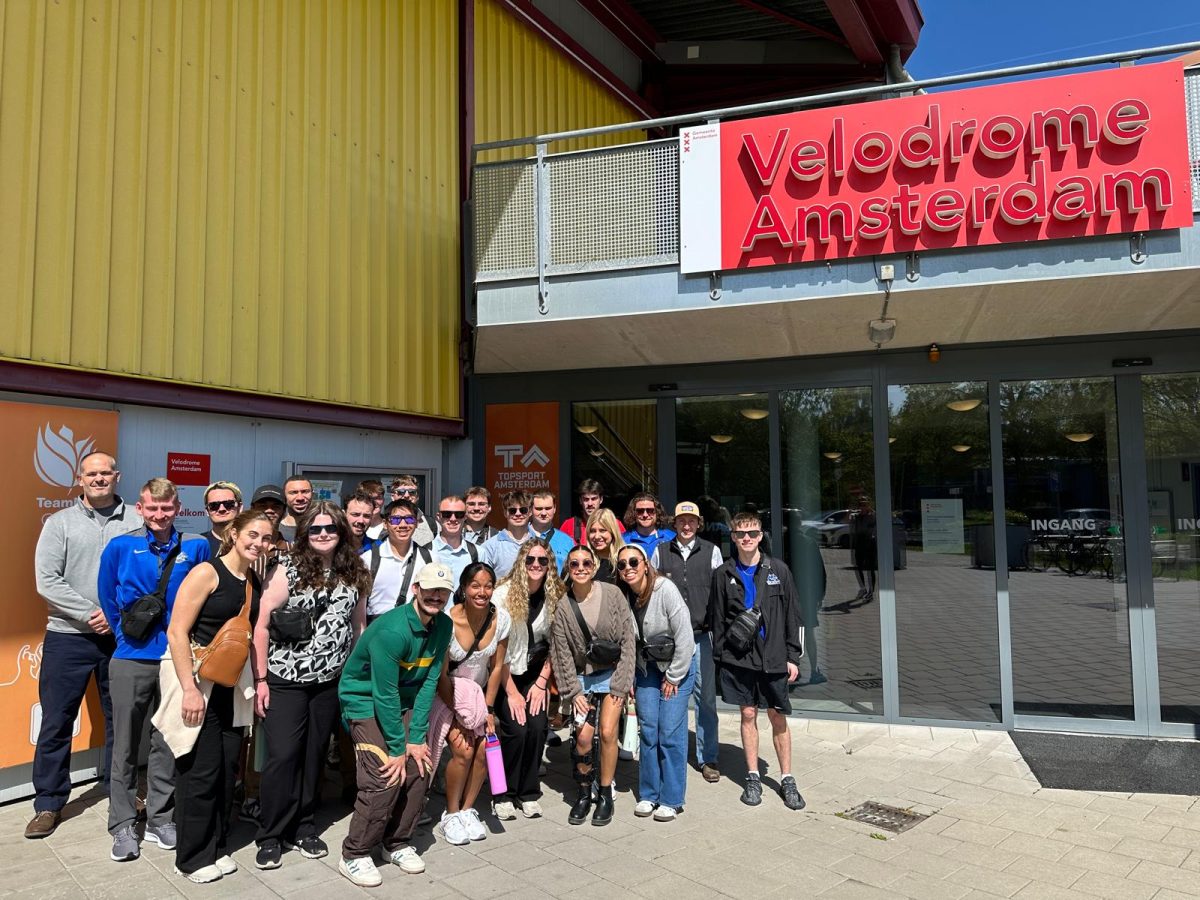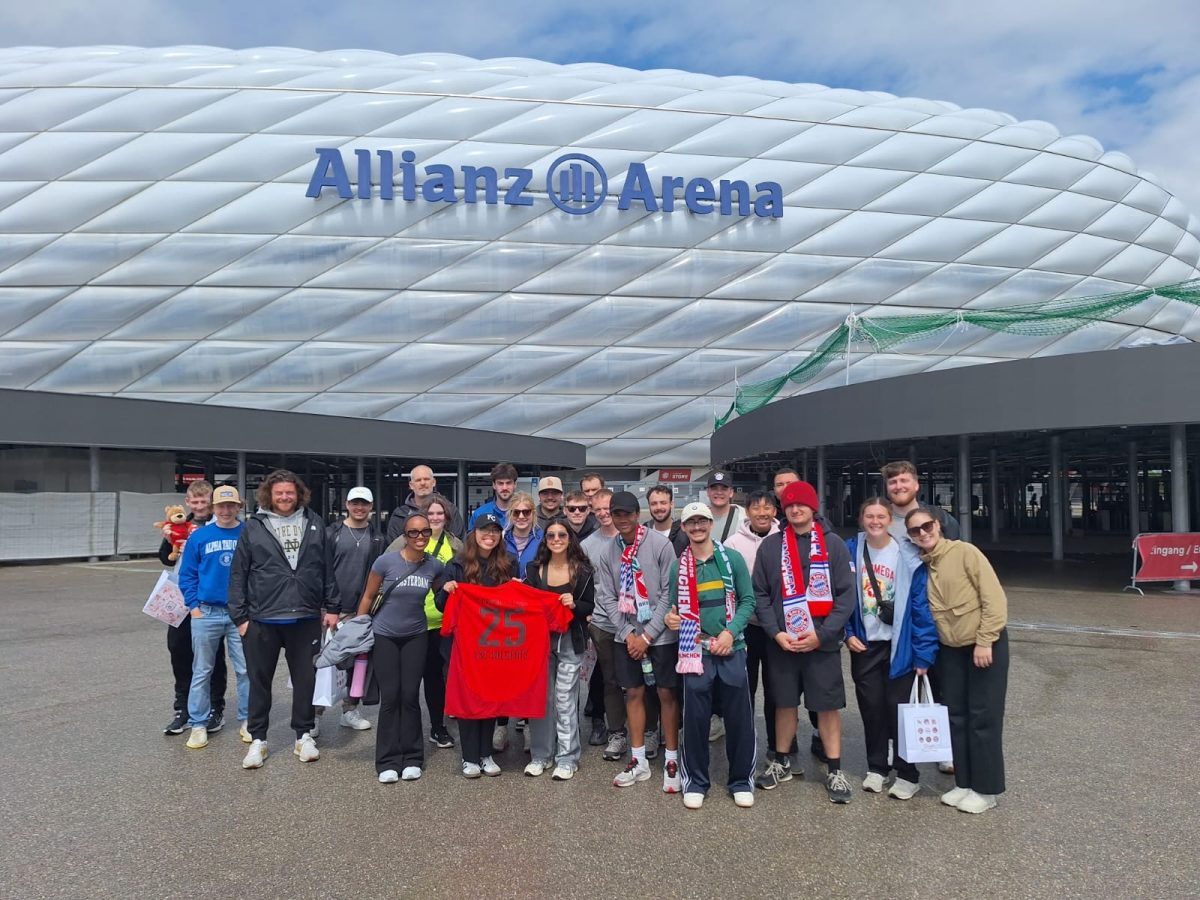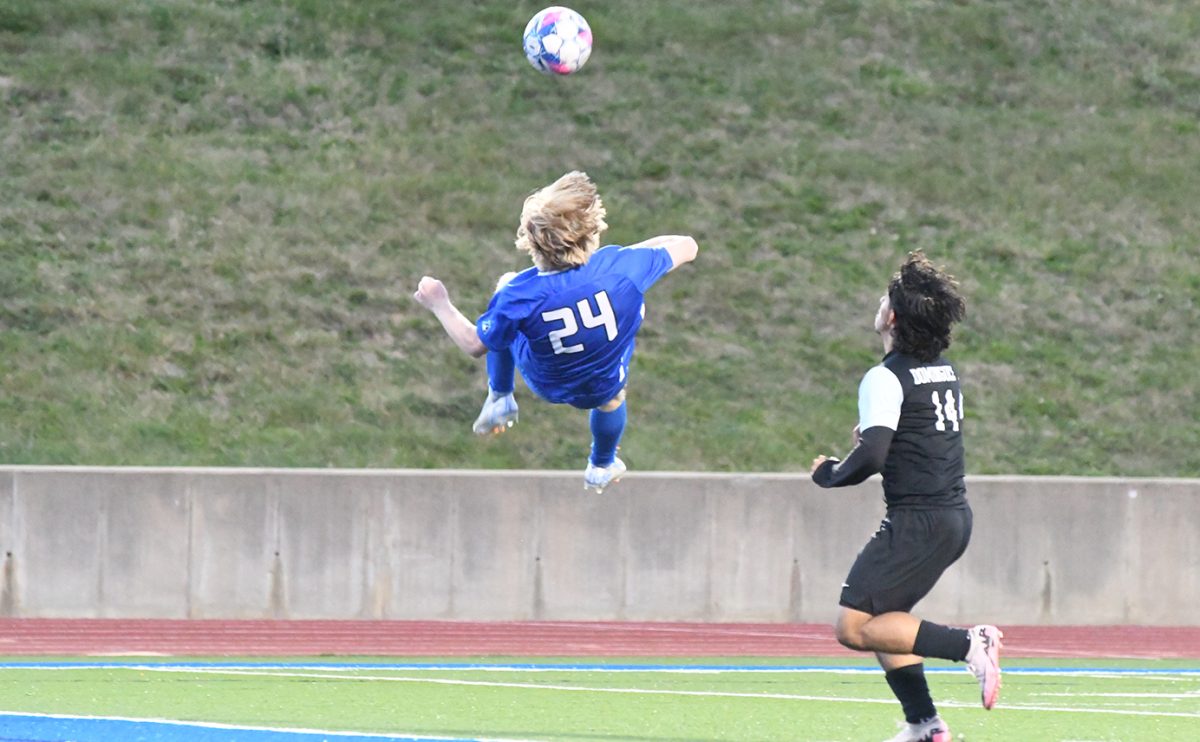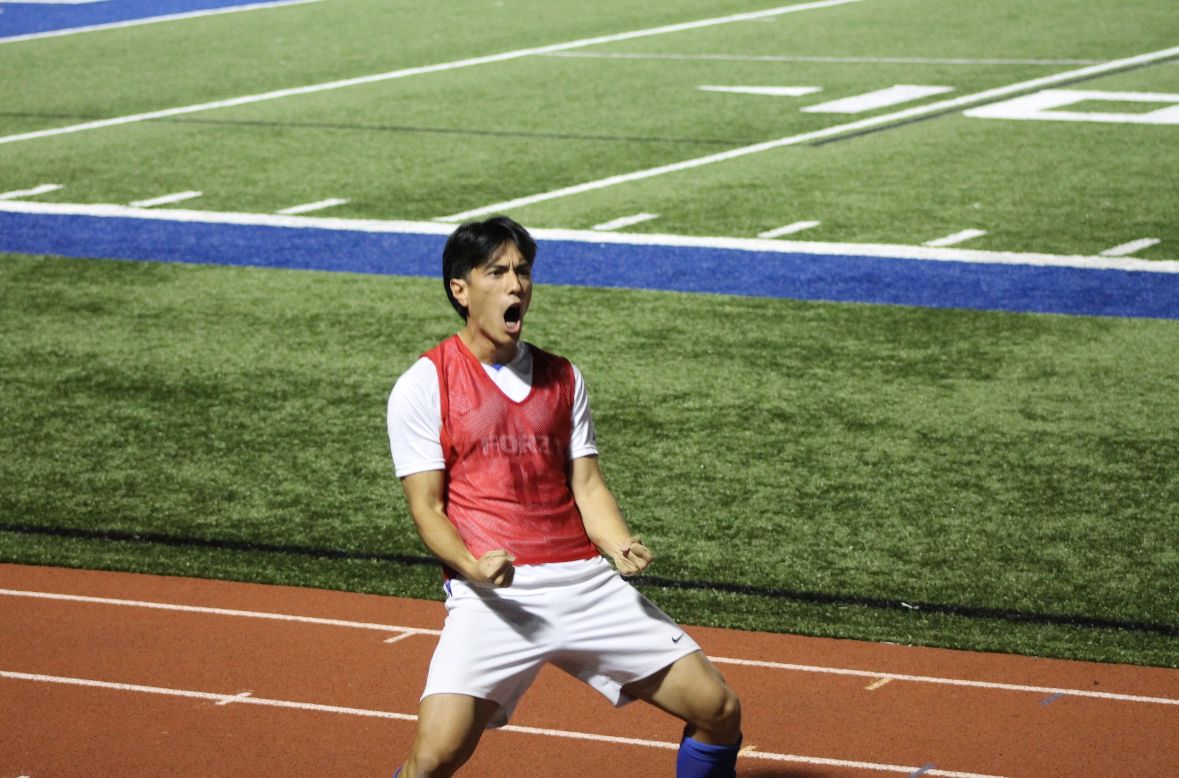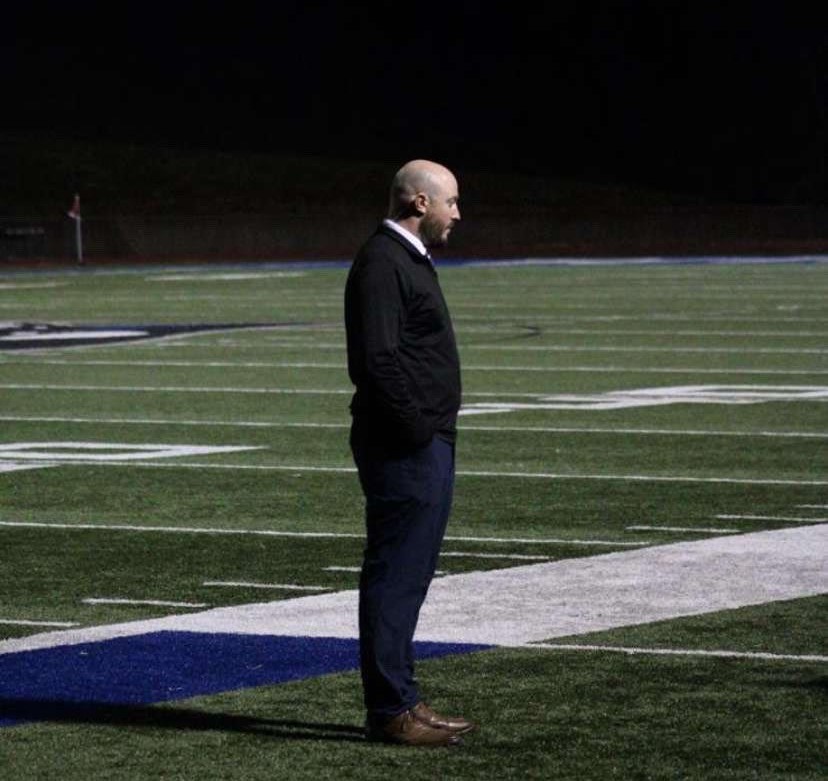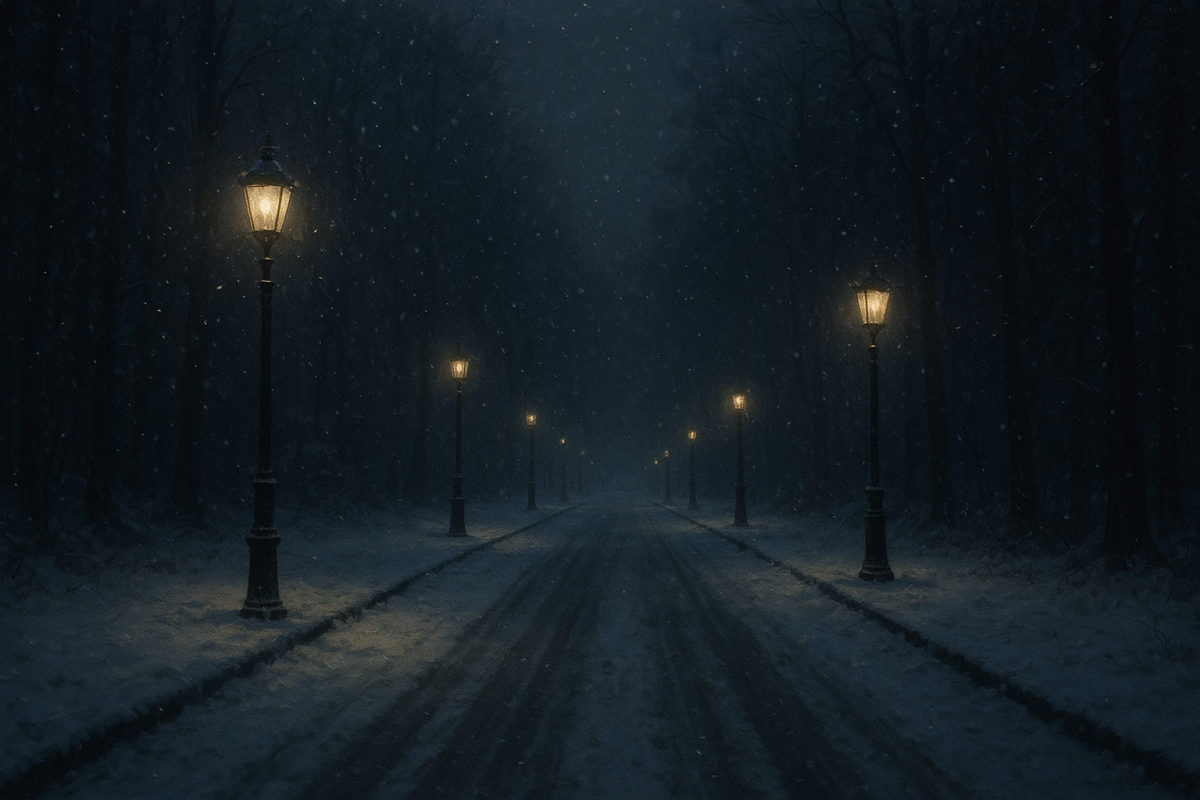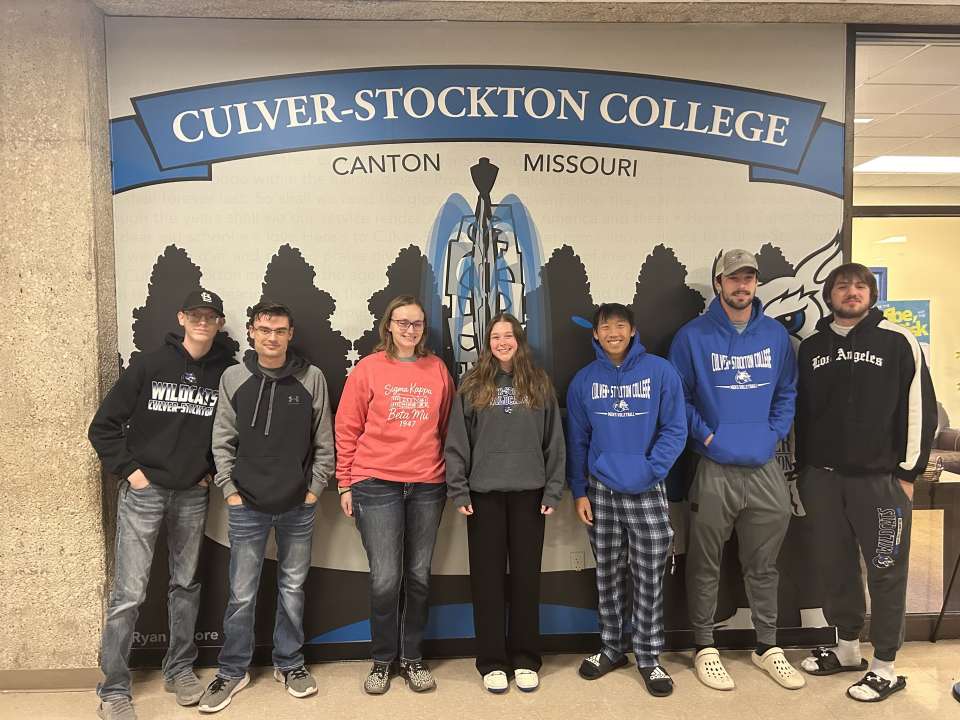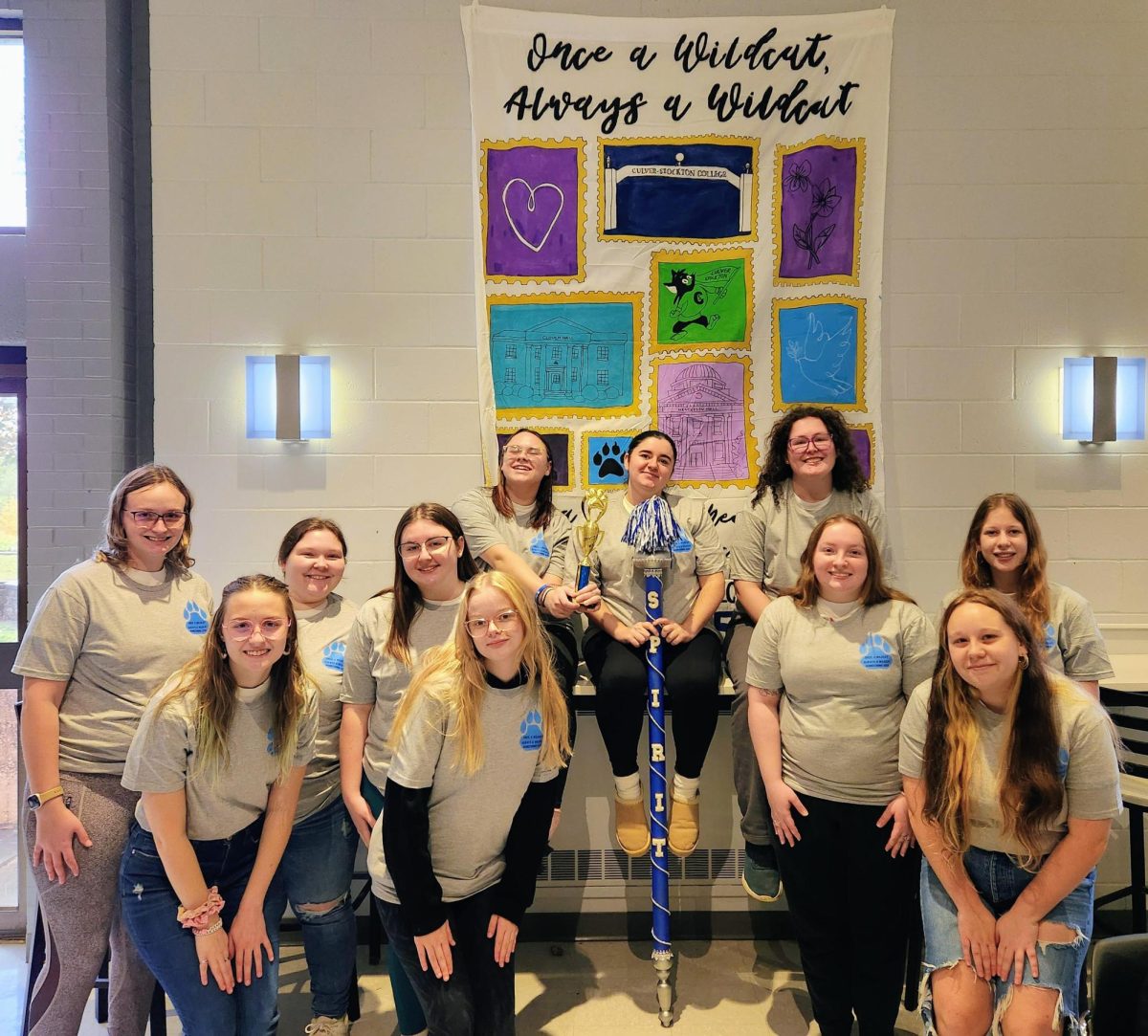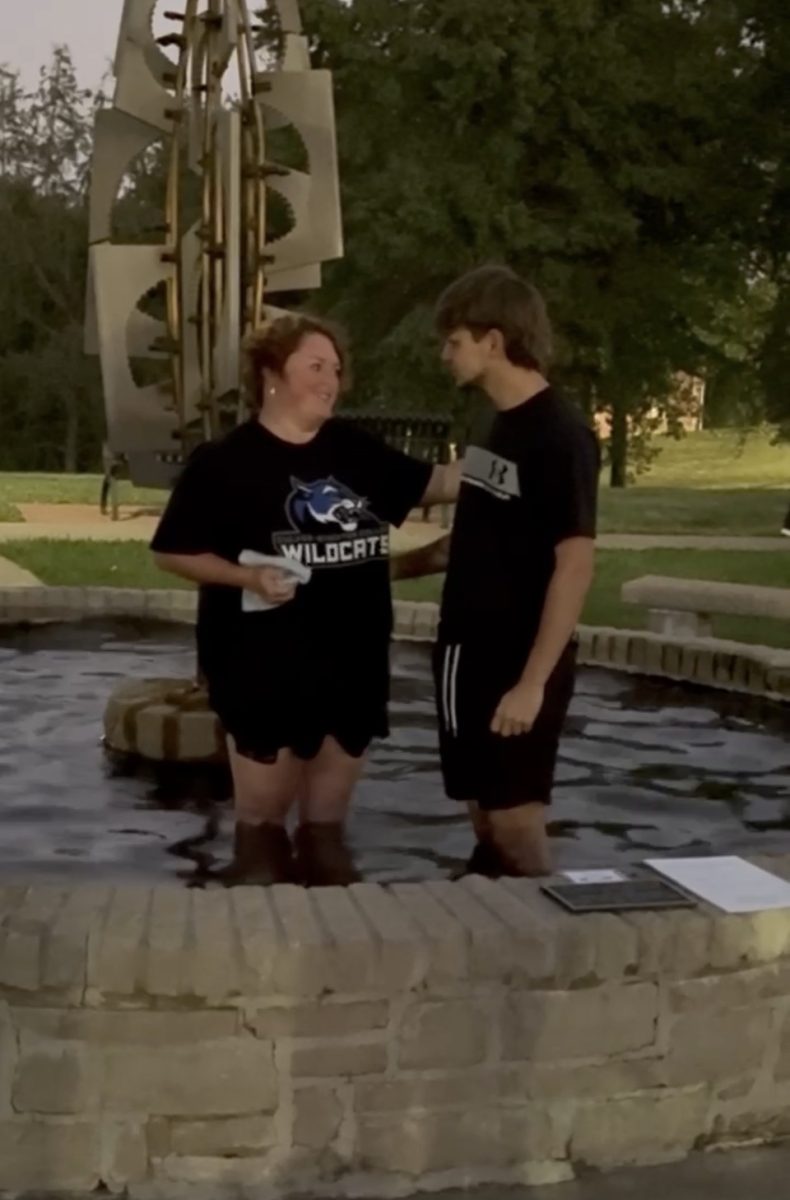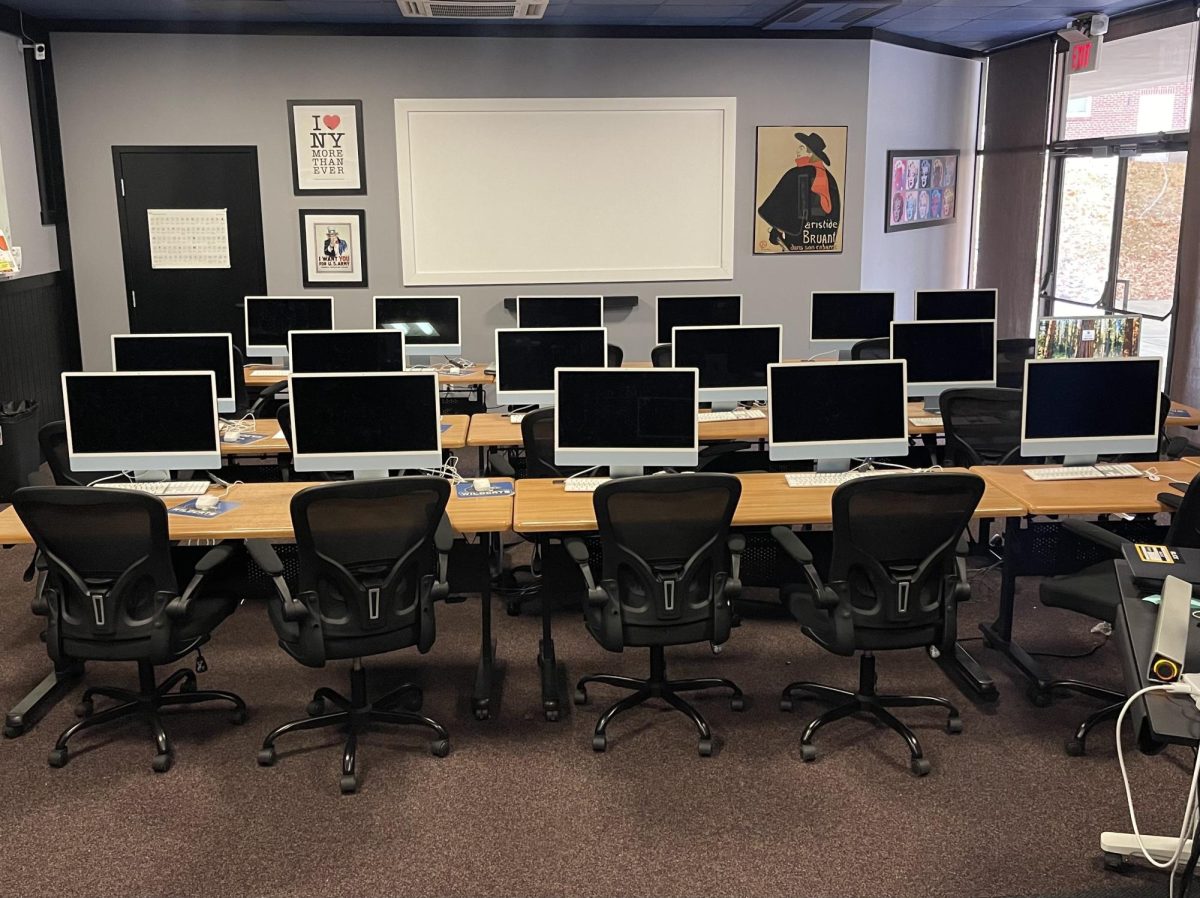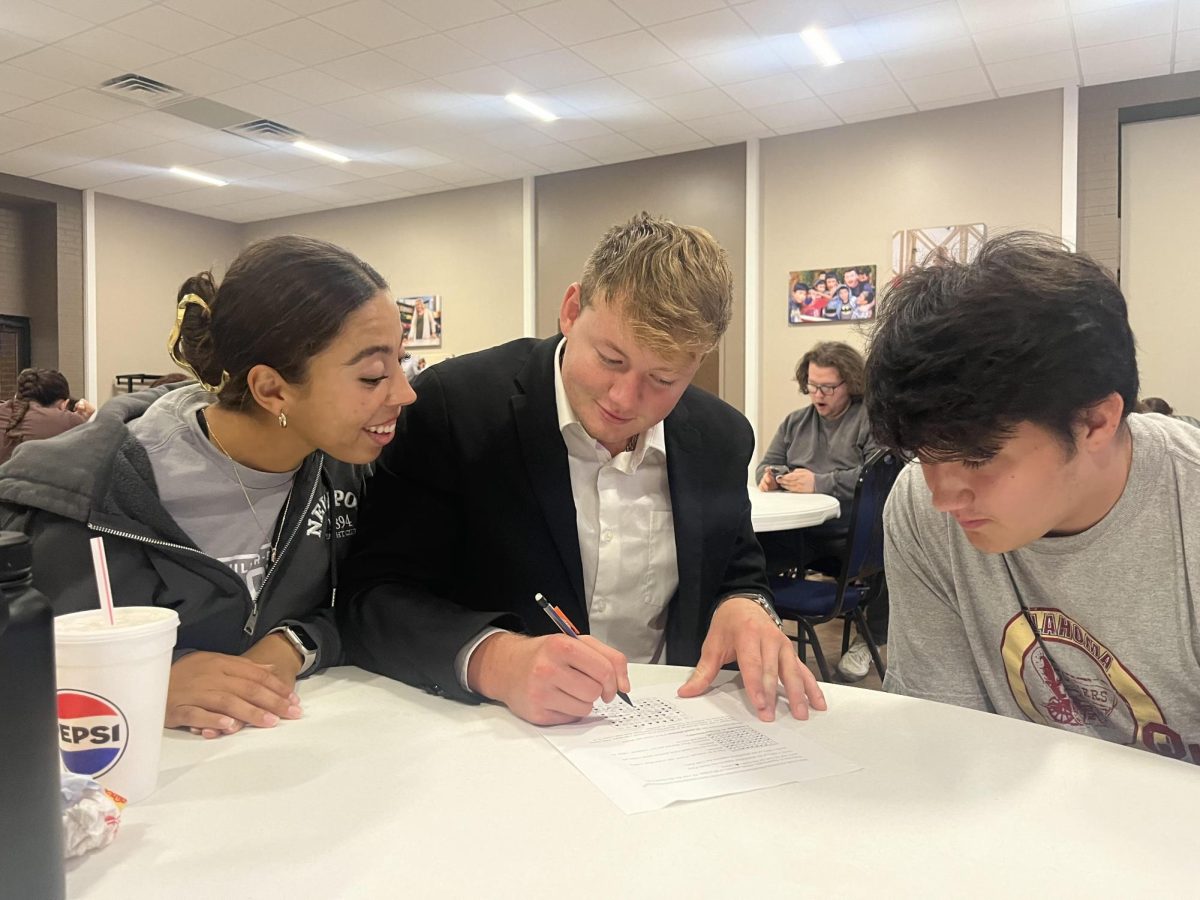Culver-Stockton College hosted a twelve-day travel study trip to Amsterdam, Cologne, and Munich during Spring ‘25.
Cologne was the second city we visited during the trip on day four. We took a charter bus from Amsterdam to Cologne. We stayed at the guest house of the German Sports University. This university is for students to study anything related to sports. They have programs wide wide-ranging from coaching, biological chemistry, etc. We met with our second guide on the afternoon of day four and traveled to the city center. Cologne was previously a Roman settlement during the first century. The city is right on the Rhine River in Germany. Near the city center, there is the Cologne Cathedral. It took 600 years to complete. It was lucky enough to survive the Second World War. It sustained one explosion to the front left side, but the locals at the time put rubble to keep the cathedral from collapsing until it could be repaired. We moved on to the old city center, where there are now shops and restaurants. Many of the buildings in the region of Europe lean. The buildings are all built on top of wood that has been placed in the ground underwater, so over the years, as the level of the water changes, it causes the building to lean a specific way. Some lean forward, and some lean to the left or right. Once we were given the tour of the city center, we were given free time to get dinner on our own.
The next day, day five, we had a free day. That day, I did not have anything planned. Next to the guest house where we were staying was the RheinEnergieStadion, where the DFB-Pokal Frauen was being played between FC Bayern Munich and Werder Bremen. The DFB-Pokal Frauen is a women’s football, or what most Americans know as soccer, competition
hosted by the German Football Association. It is a national tournament for the women’s professional football team. Outside of the stadium, young children were playing soccer games, as well as other food and street vendors. Many people from the class decided to attend to see what was going on. Some of us who attended the festivities were lucky enough to get tickets to the game. We all enjoyed getting to see European football. The energy in the stadium was incredible. It was a beautiful day for soccer. It was bright and sunny. You couldn’t have asked for more perfect weather.
Day 6 was a full day of activities. We started off the day with a tour of the German Sports University. This university is different from most universities in Europe. It is a university that is completely dedicated to sports. Although they are dedicated to sports, they are not a university that produces professional athletes. It is very diverse in what they study in the world of sports. They are required to have a minimum of 10 % of international students. One thing that makes them stand out is that there is a physical fitness test before the application. This test requires each participant to be tested in different sports, and if the participant fails any one of them, they have failed the whole test. This surprised me and the rest of the class. They also have dorms to house international students, but those rooms tend to fill up fast. Overall, the university was impressive and interesting to see the differences between our college and this German university. After the tour, we listened to a lecture from Dr. Christopher Breuer, who is a professor at the university. We learned about the German model of sport and football in Germany and the Bundesliga. I noticed during this whole trip that most European countries have similar models of sport. The grassroots level starts with club sports and then works its way up to professional athletes. Some European athletes will attend college in America and play college sports there so they can gain more experience before going to professional sports.
After the university, we headed towards the German Sports and Olympic Museum. Here we were given a lesson on the history of the Olympic Games, and we looked at how Germany has done in the Olympic Games over the decades. It was also very interactive. There was a small boxing ring with gloves, a stationary bike, and a bobsled to sit in. Following the museum, we went to the Cologne Cathedral. We walked 533 steps to the top of the south tower of the cathedral. It was a long walk to the top, but the view was worth it. The cathedral took 600 years to build, and you can tell from the height and the detail in the architecture. Under the cathedral is the treasury that houses some of the beautiful artifacts from the cathedral over the years. Seeing the cathedral was a great experience and a great way to end our time in Cologne.

